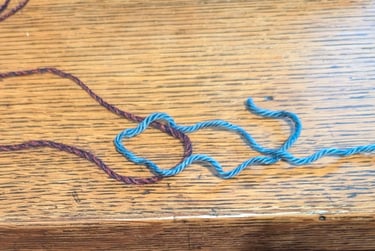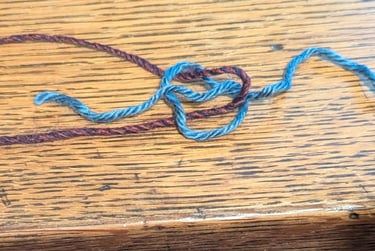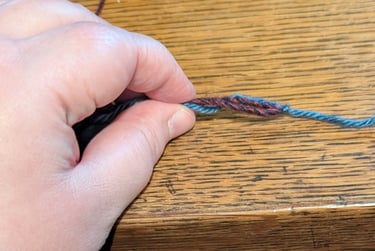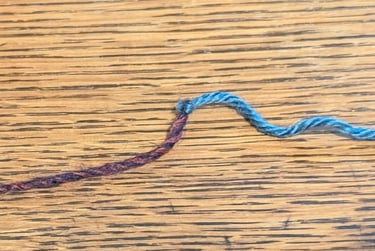How to Change Yarn
8 methods for changing yarn while knitting
2/24/20254 min read
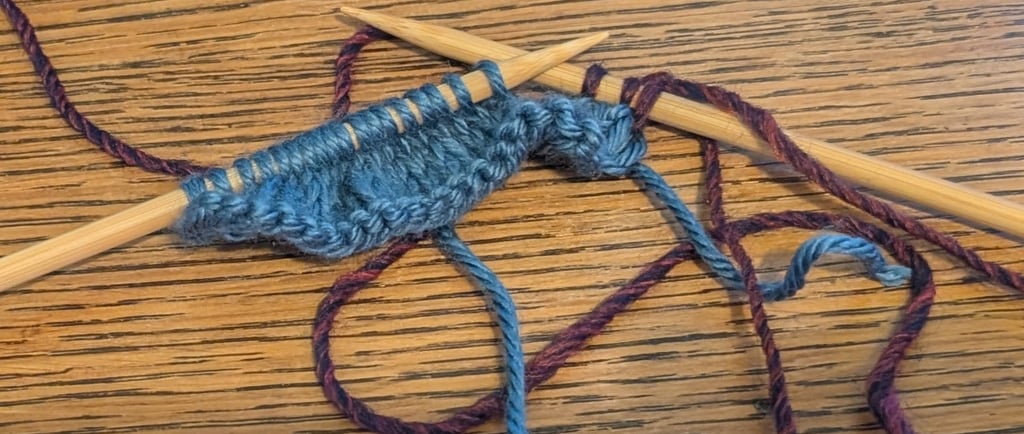

There are several methods to join new yarn while knitting or crocheting. To choose a method, you’ll want to consider if you’re joining a new color, the ply and fiber content of the yarns, and whether or not you want a visible knot.
Method 1
You can simply start knitting with the new yarn and weave in the ends later. You’ll want to make sure you weave in the ends in a way that doesn’t leave a hole or gap in your fabric. This method works with any type of yarn, it works whether you’re changing color or not, and there is no knot to deal with. If you’re knitting stripes in the round, slip the first stitch of the round before joining the new color for a jogless transition.
Method 2
If you are using the same color, you can simply overlap the old and new yarns. Knit with both yarns for 3-5 stitches for them to be secure. Then drop the old yarn and continue with only the new strand. Leave tails on both sides to weave in later. Just make sure to knit both strands together on the next row so you don’t accidentally increase the number of stitches! This method works well mid-row, and again, it doesn’t leave an unsightly knot. The downside is it can be a bit bulky where you knit with both yarns, but in most projects, it won’t be noticeable. When joining a new skein of the same color, this is the method I use the most.
Method 3
In some cases, you can weave in the ends as you go. To do this, knit one stitch with the new yarn, bring your tails above the working yarn, knit the next stitch, bring your tails above the working yarn again, and repeat for 8-10 stitches. This securely traps the tail ends on the wrong side of your work. This method works great when changing colors, especially at the beginning of a row.
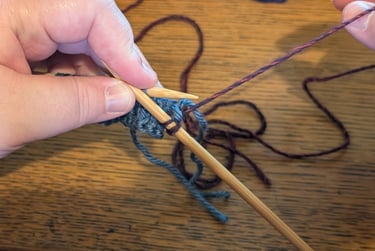

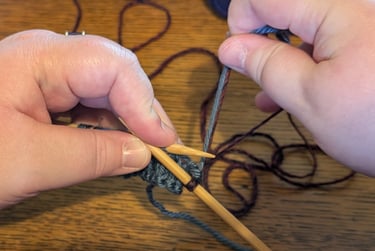

Method 4
Depending on the fiber content of the yarn, it may be possible to splice the two yarns together. Simply separate the plies of the two ends of yarn, moisten them with a bit of water (some people just use their spit), and rub the ends together in your hands. The water, heat, and agitation will felt the two ends of yarn together. Note that this only works with animal fibers that are not treated with superwash.
Method 5
To do a Russian join, thread one end on a tapestry needle. Weave the yarn back through itself leaving a loop on the end, as shown. Thread the other yarn onto the tapestry needle, pull it through the loop, then weave the yarn back into itself as you did with the first one. Give them a tug and trim the ends. This method is great whether or not you’re changing colors, it works with any fiber, and it doesn’t leave a knot.
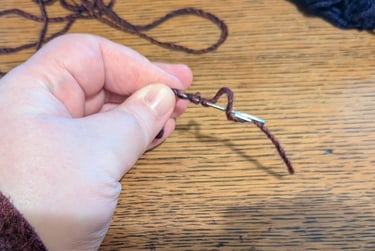

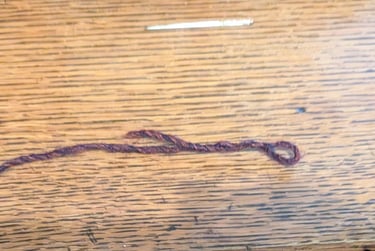

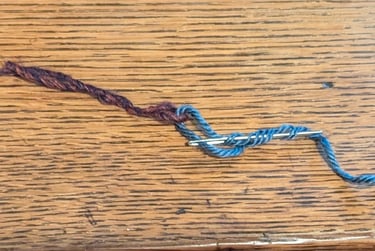



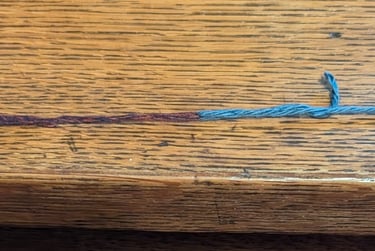

Method 6
For a braided join, separate the plies of both ends of yarn. Pull the V’s of each yarn together. You can use a binder clip or something similar to hold them in place. Braid each side of plies with the yarn. Rub them together to give them a bit of a twist. This creates a very secure join, most suitable for one color.
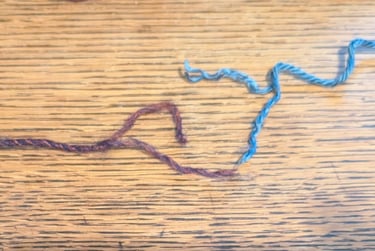

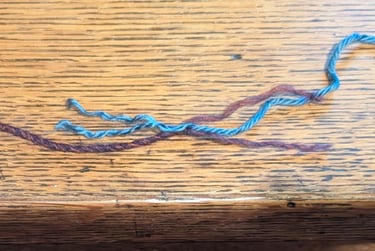

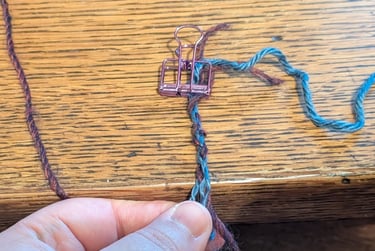

Method 7
The double knot method involves tying a simple knot in one yarn around the other and then doing the same thing with the other yarn. Once both knots are tightened, pull on both sides of the working yarn to join them together. Carefully trim the ends close to the knot. This method works well for slippery yarns like silk, it can be used when changing colors, however, it does create a knot.
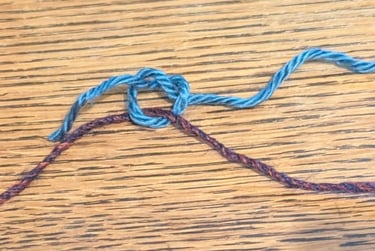

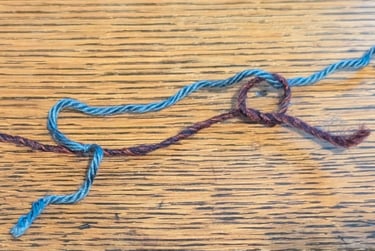

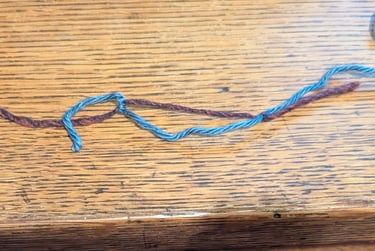

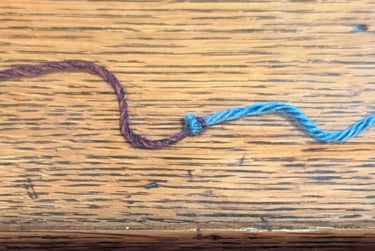

Method 8
A weaver’s knot is a good option for slippery yarns if you want a flatter, less noticeable knot. To do this, make loops with both ends of yarn. Pull the loop of yarn A through the loop in yarn B, and then put the tail of yarn B through the loop of yarn A, as shown. Hold both tails and yarn A in one hand and the working yarn B in the other. Pull the knot tight, then trim the ends. This method works with different colors and with any fibers.
